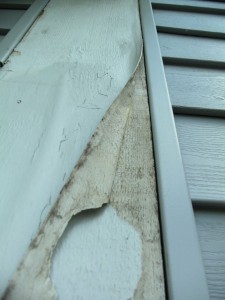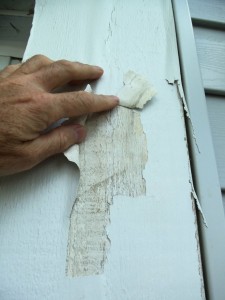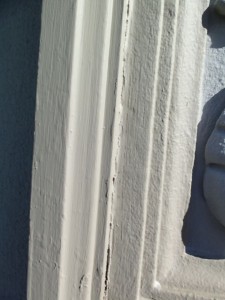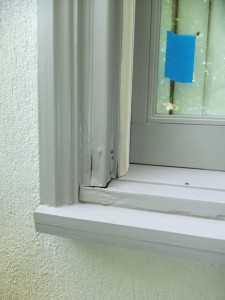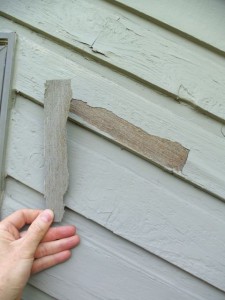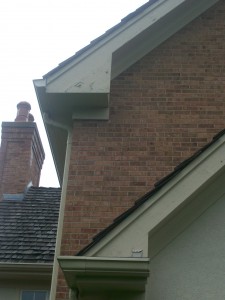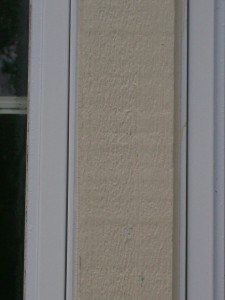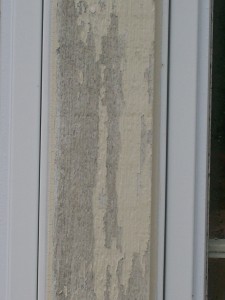A custom-built playhouse, in an elegant Hinsdale backyard, complete with its own landscaping, surely deserves an exterior paint job that matches its bones and surroundings. The owner was the successful bidder of the playhouse at a recent fundraising event benefiting the Ronald McDonald House Charities for a whopping $14,000. Our painting and decorating company was invited to decorate this very special fantasy house for a lucky four-year old boy.
Sandy and Chris, the owners, wanted the color scheme to be fun for their son, as well as blend with the colors on the family’s house. After getting initial color input from our clients, we went about developing a color scheme that would meet their needs. Once the seven-color scheme was approved, we went about executing the exterior painting.
All the trim on the playhouse is cedar, including the five custom-built windows. The ceiling of the canopy and the front door were made out of fir bead board. We chose a solid-color stain from Benjamin Moore, called Arborcoat, for all the surfaces to be decorated. The execution of the work took about twelve hours to complete. Take a look at the completed project! Jonathan, the occupant of this special place, seems to really enjoy having dinner in his new surroundings.
Our house-painting company delights on this type of personal and custom decorating, where the clients’ desires are at the center of our efforts.







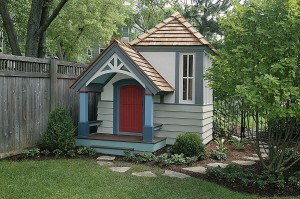
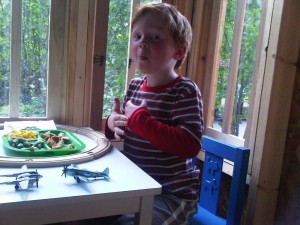
 Follow
Follow

